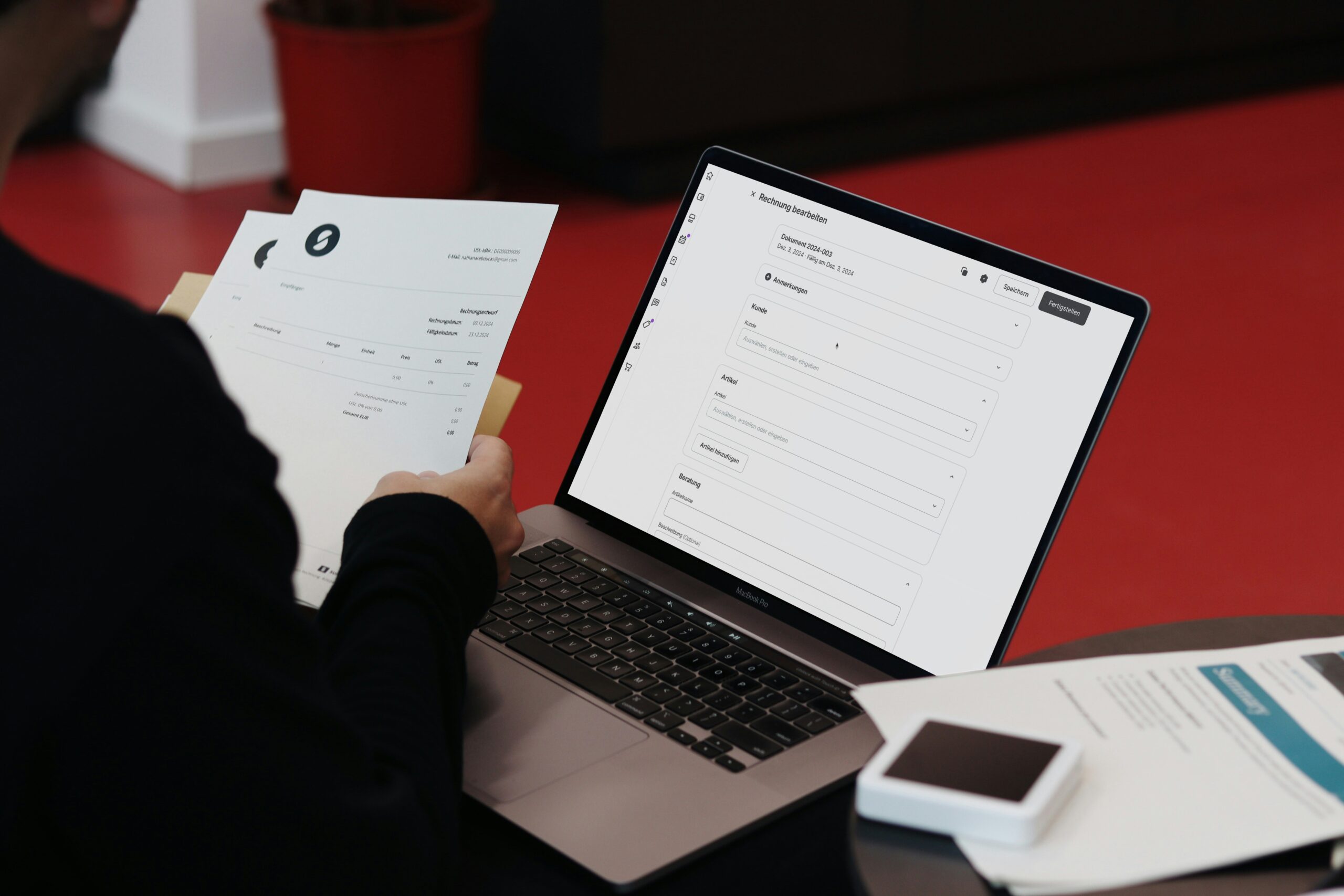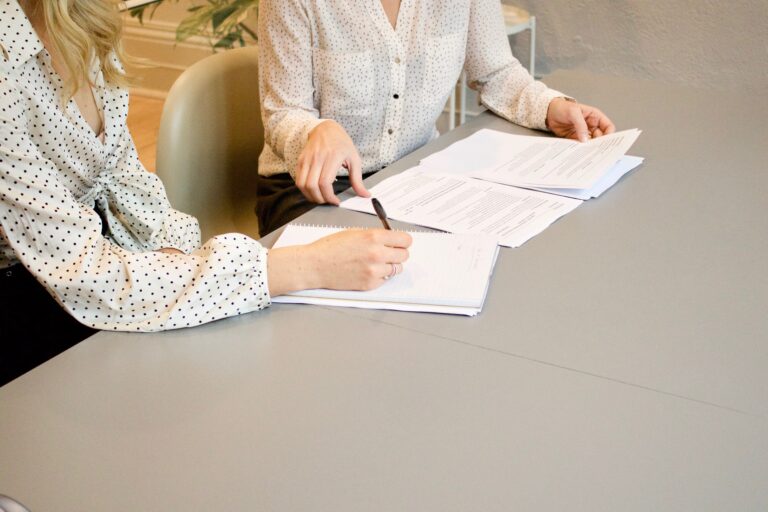
An invoice is an accounting document confirming the sale of goods or services, containing detailed information about the transaction. Tax regulations impose an obligation on VAT taxpayers to issue invoices and specify the detailed rules for their issuance, including the requirement to include mandatory information (e.g. date, seller and buyer details, net and gross amounts), to issue them in two copies (for the seller and the buyer), and the option to issue them in paper or electronic form.
Invoicing rules
According to the Polish VAT Act, an invoice must reflect an actual economic event. At the same time, it must meet a number of formal requirements specified in Article 106e of the VAT Act. Under paragraph 1 of this article, the invoice should include, among others:
- “the names or business names of the taxpayer and the purchaser of the goods or services and their addresses;
- the number by which the taxpayer is identified for VAT purposes (…);
- the number by which the purchaser of the goods or services is identified for VAT or VAT purposes in another Member State, under which they received the goods or services (…).”
In other words, an invoice must be issued in such a way that both parties to the transaction can be clearly identified. As a rule, the law refers to the buyer in the singular form. However, according to the position of the Director of the National Tax Information (KIS) expressed in an individual ruling of 18 October 2023 (ref. 0114-KDIP1-3.4012.391.2023.6.JG), there are no legal or factual obstacles to issuing a VAT invoice documenting a sale made to several purchasers — whether natural or legal persons — each having a separate VAT number.
This means that on the buyer’s side, there may be two (or more) entities, and it is irrelevant that the legislator uses singular terms when referring to the taxpayer and the buyer in the VAT invoicing provisions.
A similar position was confirmed in another ruling (ref. 0111-KDIB3-1.4012.192.2023.2.AMA) of 9 June 2023:
“The fact that the legislator defines the parties to a transaction as a seller and a buyer should be understood broadly. The data on an invoice must allow for the identification of the parties to the transaction in a way that leaves no doubt as to who the seller and buyer are.”
Multiple buyers in practice
In business practice, situations where more than one entity acts as the buyer are not uncommon. Examples include the joint purchase of goods or services by spouses or business partners. Given the requirement that invoices must reflect the actual transaction, the correct approach in such cases is to indicate all parties involved as buyers.
As explained in the aforementioned interpretation (ref. 0111-KDIB3-1.4012.192.2023.2.AMA),
“In the case of the purchase of goods by two buyers, both entities involved in the transaction should be listed on the invoice. Listing only one of them could not be justified and would constitute a false statement.”
Therefore, if a seller sells a single item to multiple buyers simultaneously, a properly issued VAT invoice should include full identifying details of all purchasers.
What about VAT deduction?
According to Article 106g(1) of the VAT Act, invoices must be issued in at least two copies — one for the buyer and one retained by the seller. When an invoice is issued to multiple buyers, each of them is entitled to receive a copy of the invoice. However, only one of them receives the original.
This does not mean, however, that the remaining buyers lose their right to deduct input VAT. In order for all buyers to be entitled to deduct input VAT from an invoice issued to multiple entities, the invoice must include complete identifying details of each buyer (names, addresses, VAT numbers).
Each buyer may deduct VAT in proportion to their share in the purchase, provided that:
- they are registered as active VAT taxpayers, and
- the purchased goods or services are used for taxable business activities.
For example, if an active VAT taxpayer listed as one of two buyers on an invoice (including name, address, and VAT number) participates in the purchase at 50%, and the goods are used for business purposes, that taxpayer — even if only holding a copy of the invoice (while the other buyer holds the original) — is entitled to deduct 50% of the VAT shown on the invoice.
Our support
Check out our tax, and payroll and HR services that we provide for our clients. We are here to make your business easier.
We deal with the day-to-day tax settlements.






